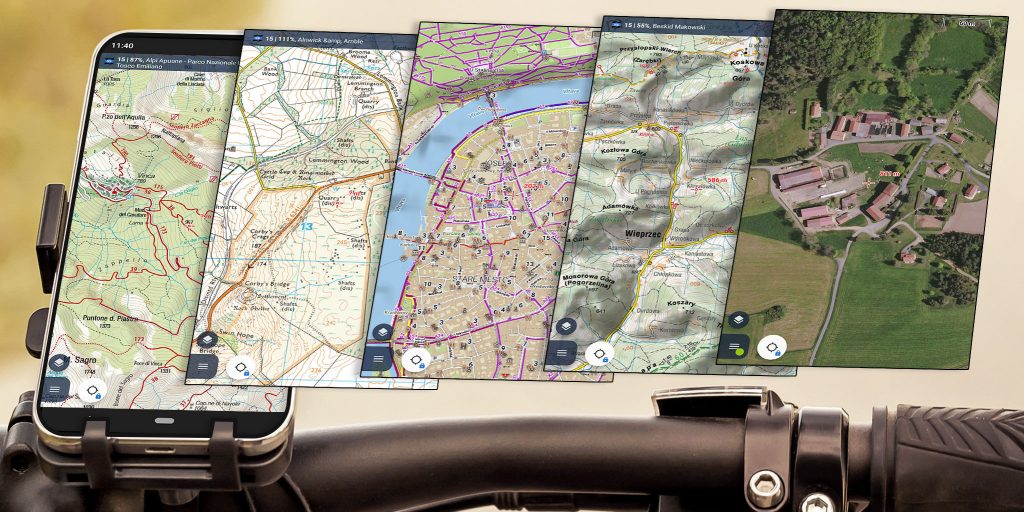
Further, how should the various levels of government address the balance between providing relief to the victims of disasters and the need or desire to avoid encouraging risk-accepting behavior also, to what extent should the costs of such behavior be shifted from those who engage in this behavior to the larger population? While On the one hand, it is important to minimize the exposure of populations and infrastructure to hazards on the other, people want to build and live in scenic, but hazard-prone, areas and often oppose government regulation. Disasters present emergency planners, emergency managers, and policy makers with countervailing pressures. Risks and benefits are difficult to assess and compare. Geospatial models can help predict the locations, footprints, times, and durations of events, and the damage they may cause, so that jurisdictions can better prepare for them. This uncertainty arises because hazards that present a threat of disaster are hard to identify, the causal relationship between hazards and disaster events is poorly understood, and risks are hard to measure-that is, it is difficult to specify what kind of damage is possible, how much damage is possible, and how likely it is that a given type and severity of damage will occur. If pre-incident data are available, geospatial analysis can provide important insight into the nature and extent of changes wrought by disasters.ĭisasters are uncertain with respect to both their occurrences and their outcomes. As a result, response to disasters evokes a profound sense of urgency, and coping with them drains a jurisdiction’s human resources, equipment, supplies, and funds. They may also directly impact the resources and personnel available to respond. That is, they harm a high percentage of the jurisdiction’s property or population, and damage occurs quickly relative to the jurisdiction’s ability to avert or avoid it. There are five major characteristics of disasters that make them hard to overcome (for a more detailed explanation, see Donahue and Joyce, 2001 Waugh, 2000):ĭisasters are large, rapid-onset incidents relative to the size and resources of an affected jurisdiction. Yet the very nature of disasters makes this ideal unachievable. There are many actions undertaken by participants in disaster management that support this goal both pre-disaster (to forestall or reduce potential damage) and post-disaster (to recover from actual damage), and ideally these activities would reduce the potential effects of a disaster to the point of elimination. The paramount goal of disaster management activities is to reduce, as much as possible, the degree to which a community’s condition is worsened by a disaster relative to its pre-disaster condition. This chapter describes the key characteristics of disasters and the conventional phased approach to their management, with particular attention to geospatial needs and functions. Also, since disasters dramatically affect our physical, social, and economic geography, geospatial requirements and capabilities are embedded throughout this complex system.

As a result, emergency management and response are intrinsically intergovernmental, cross-sector policy implementation challenges. Likewise, assets and capabilities in the corporate and nongovernmental sectors may be brought to bear. In the context of a federally structured government, when the capacities of government jurisdictions at lower levels are overwhelmed, higher levels are called upon to assist, by either supporting or supplanting the activities of the subordinate jurisdictions. Dealing with disaster therefore requires outside resources. Moreover, by definition an event constitutes a disaster if it exceeds the capacity of the government or governments in whose jurisdiction it occurs.

These responsibilities present formidable challenges for governments because of the extraordinary demands disaster events impose on the decision-making systems and service delivery infrastructure of the communities they affect. Modern approaches to emergency management and response involve multidimensional efforts to reduce our vulnerability to hazards to diminish the impact of disasters and to prepare for, respond to, and recover from those that occur. Intervention to address disasters has evolved through time into a complex policy subsystem, and disaster policy is implemented through a set of functions known as emergency management and response.


 0 kommentar(er)
0 kommentar(er)
